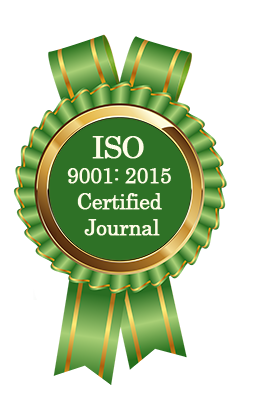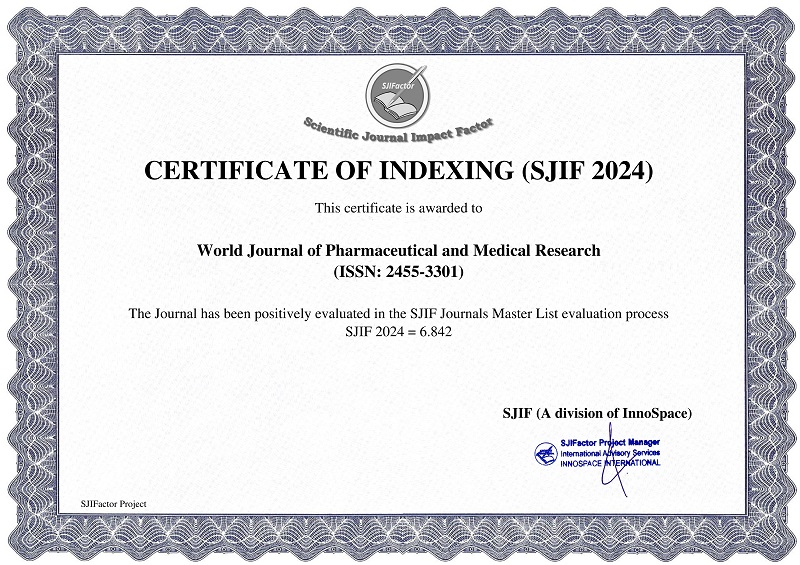OBESITY IN INFANTS AND CHILDREN BELOW 5 YEARS: A COMPREHENSIVE REVIEW OF EPIDEMIOLOGY, RISK FACTORS, CLINICAL MANIFESTATIONS, METABOLIC ABNORMALITIES, HORMONAL DYSREGULATION, AND GENETIC ETIOLOGIES
Ashraf T. Soliman*, Samaa M. Elkaramani, Ahmed M. Elawwa, Doaa K. Yassin, Yasmine M. Galal,
Fawzia Alyafei, Shayma Ahmed, Noor Hamed, Nada M. Alaaraj and Nada A. Soliman
ABSTRACT
Background: Obesity in children under 5 years represents a unique and growing global health concern. Unlike adolescent and adult obesity, early childhood obesity is deeply influenced by genetic, hormonal, perinatal, and early environmental factors. Objective: To comprehensively review the prevalence, determinants, clinical and biochemical features, hormonal dysregulations, and genetic underpinnings of obesity in children below 5 years of age. Methods: A literature review was conducted of studies published between 1998 and 2023 from global databases including PubMed, Scopus, and Web of Science. Inclusion criteria were original studies and reviews addressing obesity in children under age 5, with data on prevalence, clinical features, metabolic profiles, hormone levels, or genetic findings. Studies involving older age groups or interventional trials without separate early-childhood data were excluded. Results: Prevalence of obesity in children <5 years has increased globally, ranging from 3–10% in high-income countries to as high as 15% in some low- and middle-income regions. Key influencing factors include gender, ethnicity, socioeconomic status, and parental obesity. Clinically, children often present with early signs such as acanthosis nigricans, developmental delays, musculoskeletal issues, and elevated blood pressure. Biochemically, early-onset obesity is associated with insulin resistance, dyslipidemia, hepatic steatosis, and markers of metabolic syndrome. Hormonal evaluations show frequent abnormalities in insulin, leptin, cortisol, and thyroid profiles. Monogenic obesity is more likely to be diagnosed at this age and includes mutations in genes like LEP, MC4R, and POMC, often presenting severe obesity and hyperphagia. Discussion: Compared to later-onset obesity, early childhood obesity demonstrates a stronger influence of intrauterine and early postnatal programming and is more likely to involve genetic or hormonal etiologies. Early diagnosis offers an opportunity for more effective prevention and intervention, potentially reversing or mitigating long-term cardiometabolic risk. Conclusion: Obesity in children under 5 should be recognized as a biologically distinct entity. Comprehensive age-specific screening and management strategies—integrating genetic evaluation, hormonal assessment, and early lifestyle interventions—are essential to curtail the rising burden and associated complications.
[Full Text Article] [Download Certificate]



